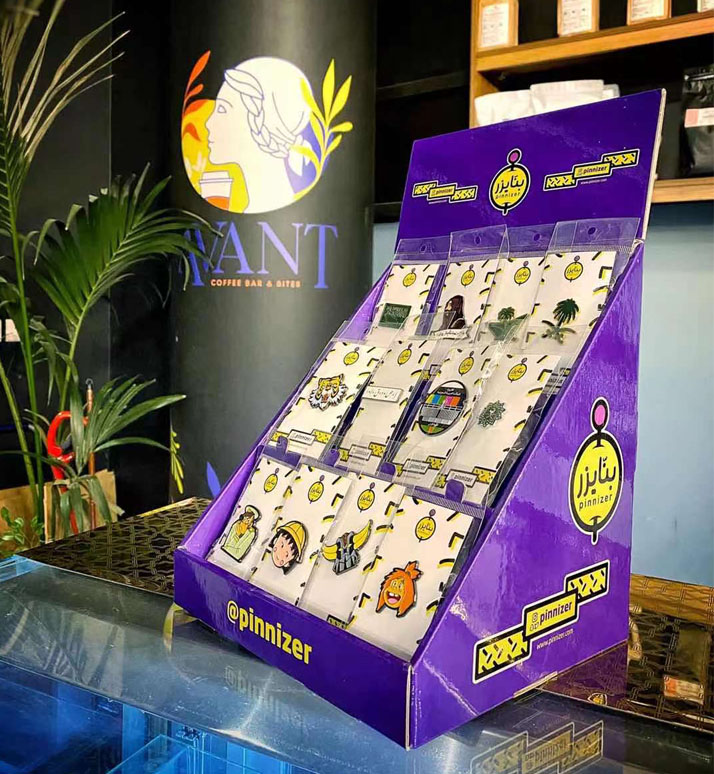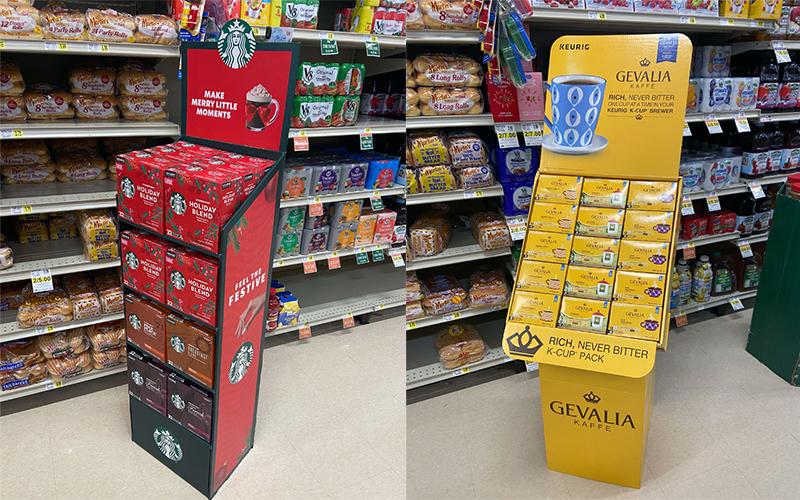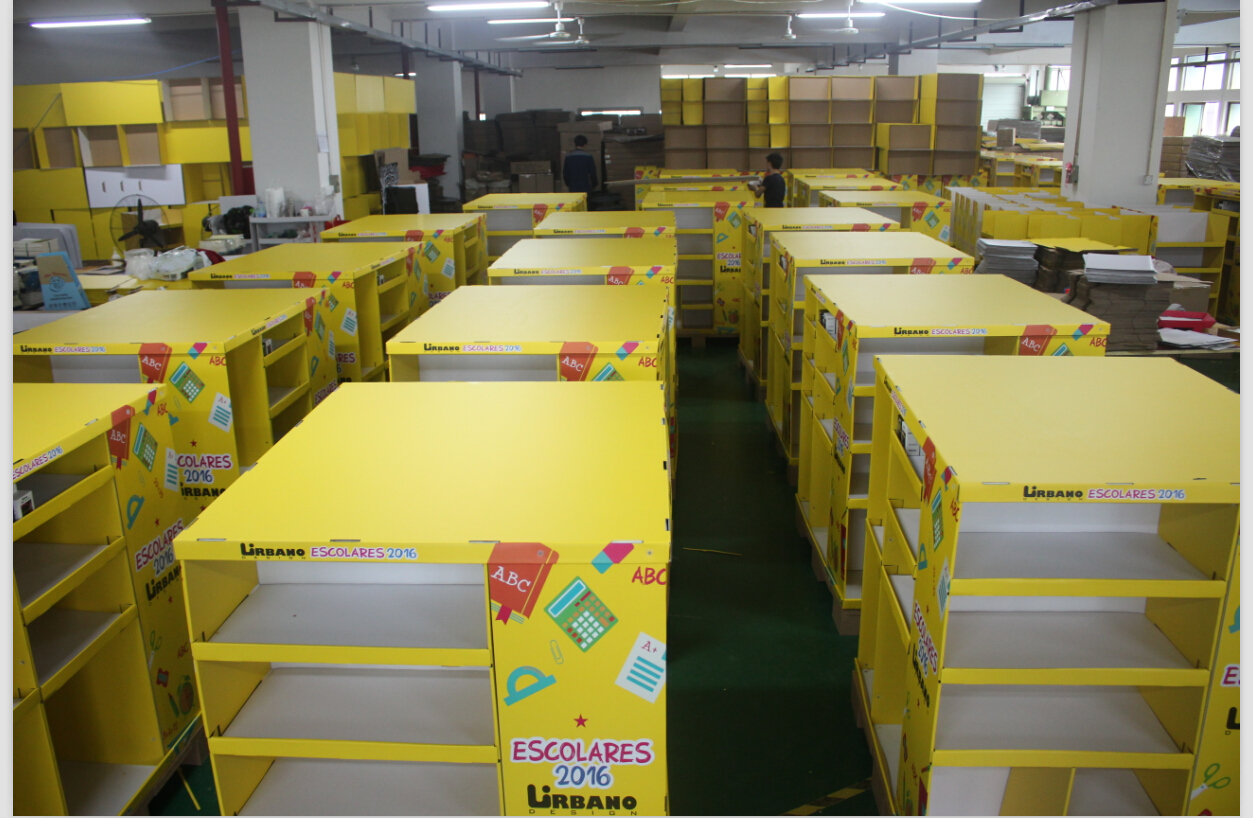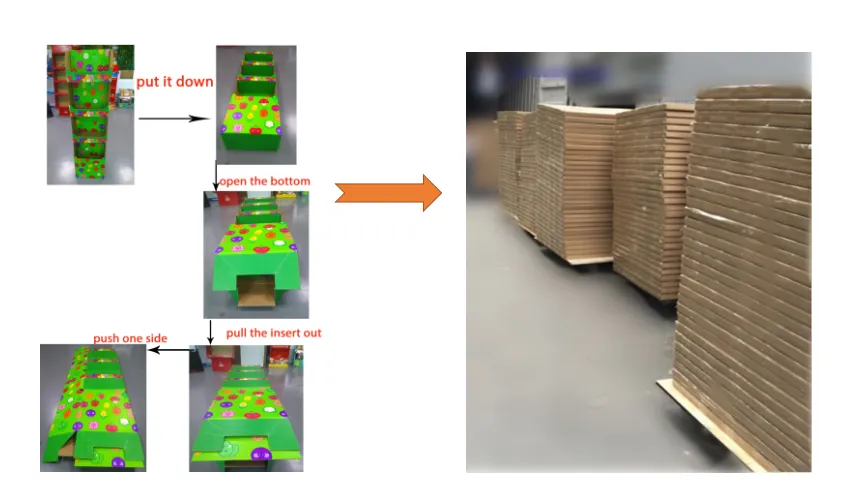Feeling stuck asking a new supplier for a quote or sample? Vague requests cause delays and bad pricing. I'll show you how to ask correctly and get fast results.
To request a quote or free sample, email your supplier with a clear subject line. Introduce your company, detail your product needs, specify quantities, and provide design files if possible. Being clear and professional is the fastest way to get an accurate response from any supplier.

Getting this first step right saves everyone time and helps build a strong partnership from the very beginning. As someone who has been in the cardboard display industry for 16 years, I’ve seen thousands of requests. The great ones get immediate attention, while the fuzzy ones get put on the back burner. But there are important differences between asking for a sample and getting a full quote. You need to know the specific details for each request to look professional and get a quick, accurate response. Let's break it down.
How do I ask my supplier for a free sample?
Need a free sample but worried about how to ask? A clumsy request can make a bad first impression. I'll explain how to ask professionally and get that sample.
To ask for a free sample, first confirm the supplier offers them. Then, send a polite email explaining your project's potential and why the sample is crucial. Be prepared to cover shipping costs, as this is a common practice in the industry to show you are serious.

When you ask for something "free," you need to show the supplier you're a serious potential partner, not just a window shopper. In my experience, a "free sample" is an investment from us. We invest our time, materials, and design expertise. We are happy to do it for clients who show real potential. A vague email that just says "Send sample" doesn't give us any confidence. We don’t even know what to send.
Provide Context for Your Request
Start by introducing your company and your project. Tell us what product the display is for and where you plan to use it, like in a supermarket or a small boutique. Mention your potential order volume. A client who says they are preparing for a 5,000-unit national rollout will always get our attention.
Differentiate Between Sample Types
Are you looking for a generic sample to check our print quality, or do you need a custom-sized prototype for your specific product? A generic sample is easier for us to provide. A custom prototype requires design work and is a bigger investment for us. Be clear on what you need so we can help you better.
How do you ask for a quotation based on a sample?
You have a sample display and need a quote. But just sending a photo won't work well. I’ll show you the key details to provide for a fast, accurate price.
When requesting a quote from a sample, provide high-resolution photos1 from all angles. Include precise dimensions (length, width, height), material specifications2 if you know them, desired quantity, and any printing or finishing requirements. The more details you provide, the better the quote.

When a client wants us to quote based on an existing sample, we essentially have to reverse-engineer it. The more clues you give us, the more accurate our price will be. A blurry photo and a "how much for this?" message will only lead to a long chain of questions. To speed things up, give us the information we need right from the start.
Deconstruct the Physical Sample
Tell us everything you can about the sample. What is its exact size? What kind of cardboard is it made from? If you can't tell, describe it—is it thick and strong like corrugated cardboard, or is it thin like a cereal box? Any information helps us identify the material specifications.
Detail the Finishing Touches
How is the sample printed? Is it a simple one-color logo or a full-color photo? Does it have a shiny (gloss) or a dull (matte) finish? These details, known as printing and lamination specs, have a big impact on the final cost.
Specify Your Quantity and Timeline
The price per display changes a lot with quantity. We need to know if you're ordering 100 units or 10,000 units. The table below shows what information is most helpful.
| Information Needed | Example/Why it Matters |
|---|---|
| Dimensions | 15" W x 12" D x 55" H - Affects material & shipping. |
| Material Spec | 350gsm CCNB + B Flute - Determines strength & cost. |
| Printing | 4C CMYK Offset - Informs the printing process. |
| Quantity Tiers | 500, 1000, 2000 units - Price per unit changes. |
| Finishing | Matte Lamination - Affects look, durability, & price. |
| Packaging | Flat-packed, 1 per carton - Impacts labor & shipping. |
What kind of sample should you request from a supplier?
You know you need a sample, but there are different kinds. Asking for the wrong one wastes your time and money. I’ll explain the types so you can choose wisely.
To request the right sample, decide if you need a structural (white) sample to test strength, a digitally printed sample3 to check design and color, or a full production-grade sample4. Each serves a different purpose and has a different cost and lead time.
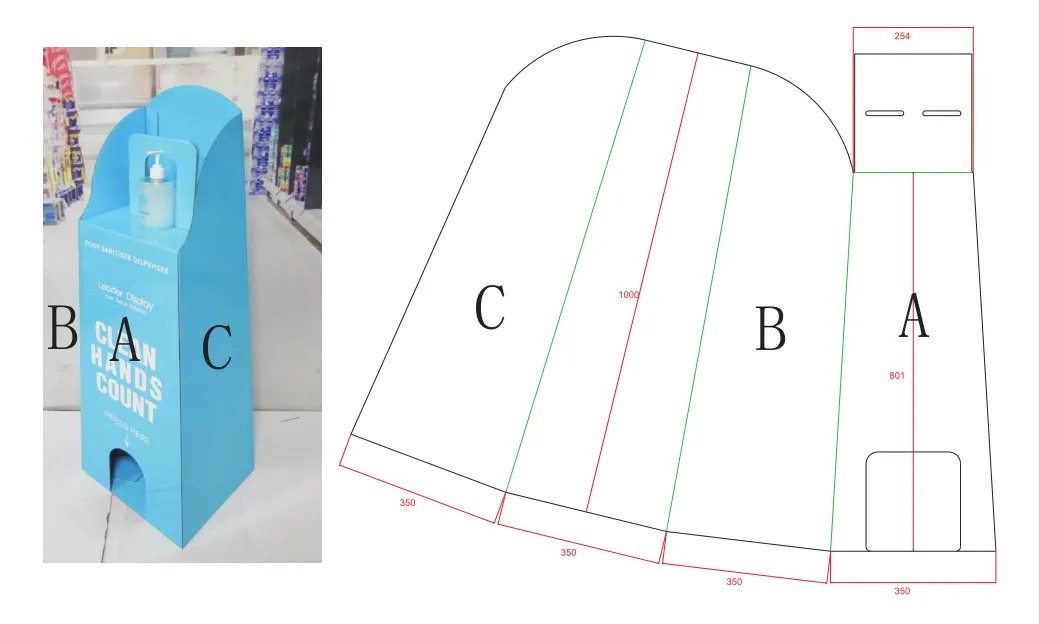
Over my 16 years, I’ve seen clients spend too much on samples because they asked for the wrong type. Requesting the right one at the right stage of your project is crucial. It saves you money and moves your project along faster. Each sample type has a specific job.
The White Sample: For Structure and Fit
This is a plain, unprinted sample cut to the exact size and shape of your design. Its purpose is purely functional. You use it to test if your products fit correctly and to feel the sturdiness of the display. It's the cheapest and fastest sample to produce. I always advise clients to start here to confirm the structure before spending money on printing.
The Digitally Printed Sample: For Visuals
Once you approve the structure, you might want a sample with your graphics on it. A digital sample is a one-off print that shows you how the final design will look. It's great for photoshoots or internal presentations. The color may be slightly different from a bulk order, which uses offset printing, but it's very close and is perfect for checking the visual impact5.
The Production Sample: The Final Check
This is the most expensive and time-consuming sample, but it's an exact replica of what you'll get in your mass order. It’s made using the final production plates and methods. You typically only order this for very large runs or when color accuracy must be perfect.
How do I request an accurate quote from a supplier?
Need a quote for your custom display idea? A vague email just gets a vague price. Providing a clear Request for Quote (RFQ)6 ensures you receive a precise and useful estimate.
To request an accurate quote, send an email with a detailed RFQ. Include your display type7, dimensions, the product it will hold (with weight/size), desired material, printing specs, quantity tiers8 (e.g., 500, 1000 units), packaging needs9, and your deadline.

The best requests I receive are like a blueprint. They give us all the information we need to create an accurate quote without any guesswork. A simple "How much for a floor display?" is impossible for us to answer. We don't know the size, the style, what it needs to hold, or how many you need. A good RFQ answers all these questions upfront.
Start with the Basics: Display & Product Specs
Begin with the fundamentals. What type of display do you need—a small counter display or a large floor-standing unit? What are the approximate dimensions? Most importantly, what product will it hold? Tell us the product's size and weight. This is critical for us to engineer a display that is strong enough.
Add the Visuals: Artwork and Branding
If you have a design idea, even a rough sketch, send it over. If you have finished artwork, that's even better. Tell us your printing requirements. Do you need full-color graphics on all sides or just a simple logo on the header? This information helps us calculate printing costs accurately.
Don't Forget Logistics: Quantity and Shipping
Provide quantity tiers, for example, prices for 500, 1000, and 2000 units. This allows you to see the price breaks at higher volumes. Finally, tell us how you want the displays packed (e.g., flat in one box) and where they need to be shipped. This information is key for calculating the total project cost.
Conclusion
Getting quotes and samples is simple with the right approach. Clear communication and providing detailed information will build supplier trust and get your project started on the right foot.
-
High-resolution photos provide clarity and detail, ensuring accurate quotes and reducing back-and-forth communication. ↩
-
Understanding material specifications helps in selecting the right materials for durability and cost-effectiveness. ↩
-
Digitally printed samples are crucial for visual checks, helping you assess design and color accuracy. ↩
-
A production-grade sample is essential for final checks, ensuring mass production meets your exact specifications. ↩
-
Visual impact is key to attracting customers; understanding it can enhance your display's effectiveness. ↩
-
A detailed RFQ ensures you receive accurate quotes, saving time and avoiding misunderstandings. ↩
-
Understanding display types helps you choose the right solution for your product and marketing needs. ↩
-
Quantity tiers can lead to significant cost savings, making it essential to understand pricing structures. ↩
-
Packaging affects shipping costs and logistics, making it crucial to specify your requirements upfront. ↩



